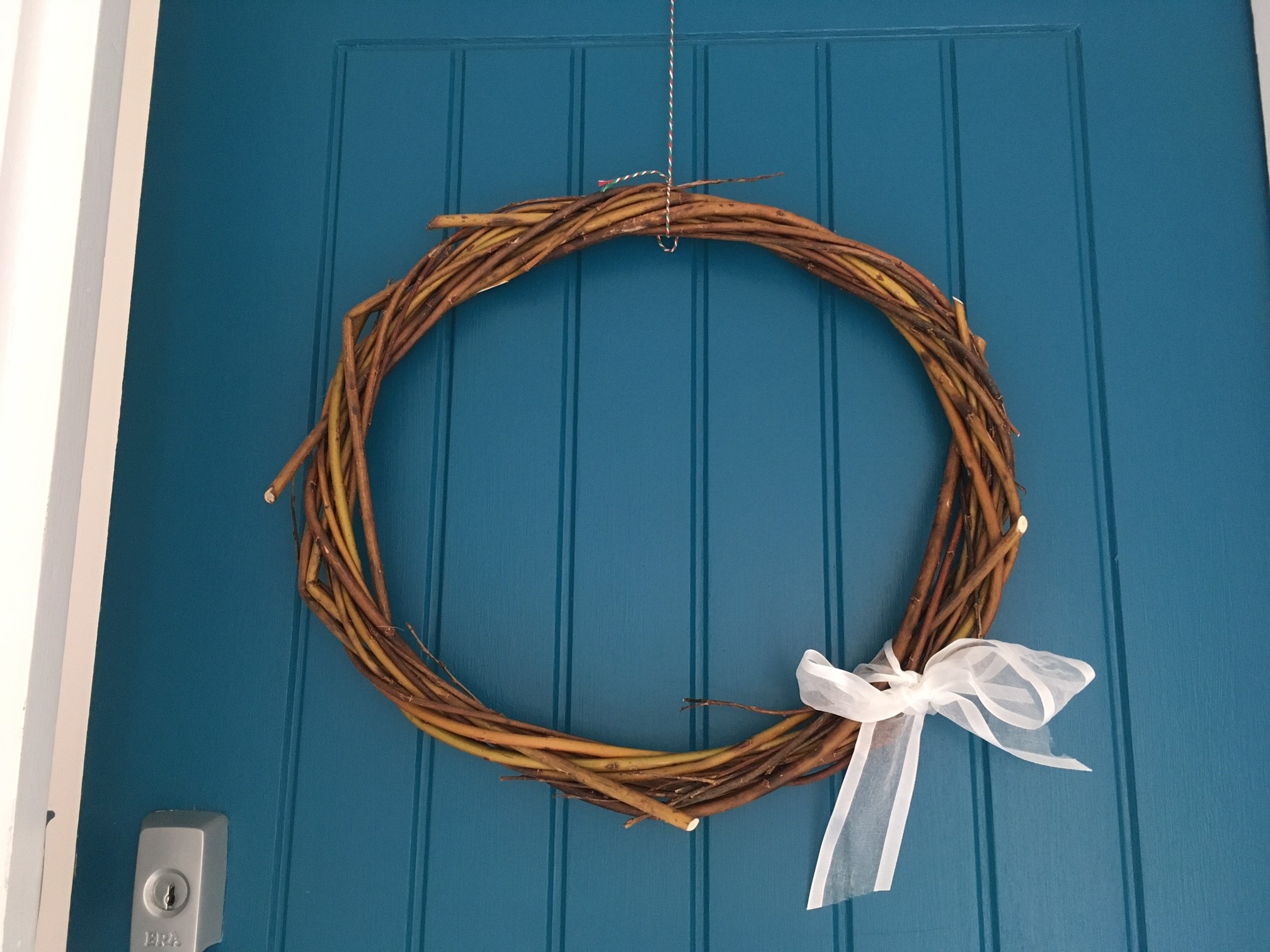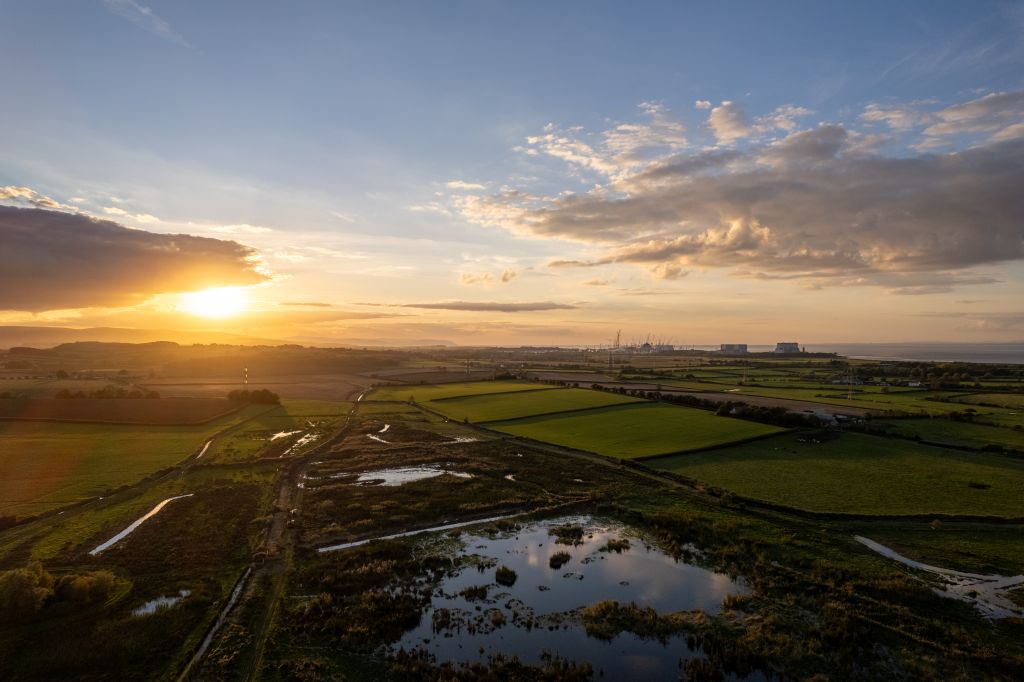Work Experience at Steart Marshes

Welcome to our guest blogger, Gemma, who will tell us a bit about what she did and what she learnt during her work experience here at Steart Marshes.
My week volunteering at Steart Marshes was enjoyable and eventful! I have come away with new contacts, skills, and outlooks on what the nature reserve really stands for. Some things I found most interesting during my time was how recently the marshes had been created, how the spaces had been adapted to provide new marsh areas for wildlife and the work both volunteers and staff put in to keep the area accessible to the public. The creation of the large-scale habitat restoration project at the Marshes began 7 years ago and since then has become a hotspot for biodiversity by providing habitats for both resident and migratory species.
At the beginning of the week WWT Placement Student Adam showed me around and made me feel really welcomed there. He explained how he made wildlife monitoring boxes, taught me about site maintenance duties, and even helped me eagerly take a picture with a toad.
On Wednesday, WWT Research Officer Sarah showed a group of the public and local volunteers how to survey ditches for a citizen science survey. We collected and identified invertebrates in large nets. This was to find out whether the ditch was presenting traits of a habitable area via the presence of beneficial species (such as damselfly larvae and caseless caddisflies). The experience was a great example of ways to discover and identify your not-so-typical aquatic invertebrate species and gain an understanding of why their presence is necessary in ditch eco-systems. We also saw a singular newt and some fishes!
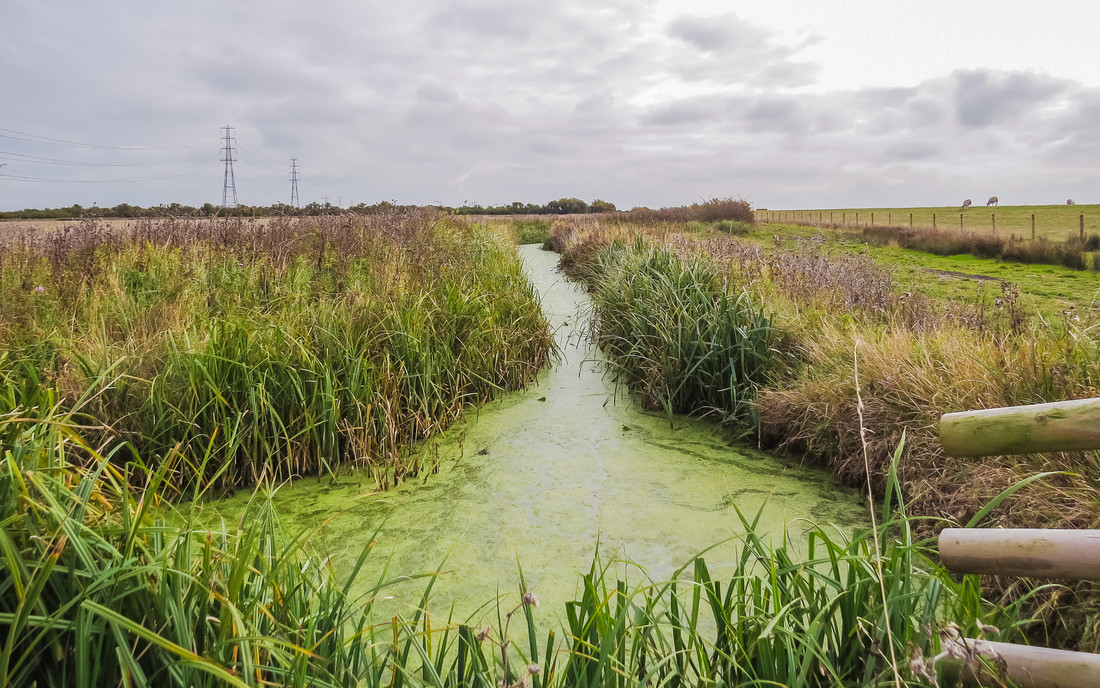
Then I followed local volunteer Roy on his weekly walk along the outskirts of the marsh to survey butterflies. The surveying included logging which butterfly species we saw in specific segments of the site such as the Small Whites and Meadow Browns. He explained to me how summer butterfly abundance numbers relies on the previous weather conditions during the year, if there were harsher and more unpredictable conditions, this would negatively affect the numbers of butterflies (such as migratory species like the Painted Lady) around at the time of surveying.
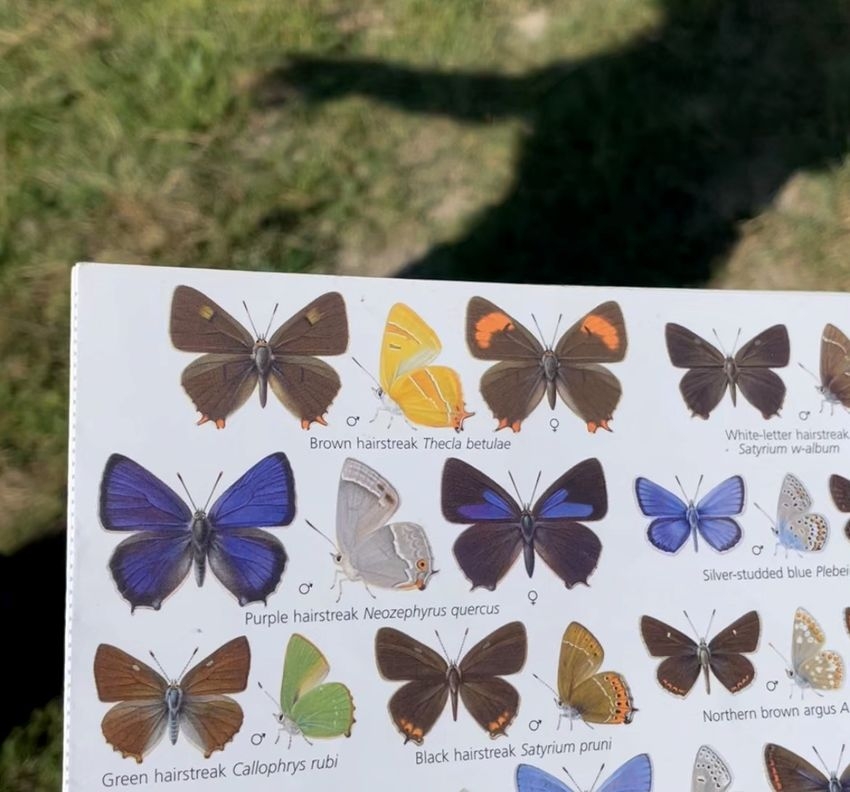
Throughout the week, there was a much more physical and bigger task to do. The typha and reed plants had overgrown in the marsh areas, so with a large group of volunteers and staff we geared up (by putting on waterproofs I liked to call ‘duck outfits’) to begin pulling it up from the roots. Although a mucky and difficult job, we managed to see lots of ramshorn and pond snails, the odd toad, and even the outer skin of a migrant hawker dragonfly larvae known as an exuvia!
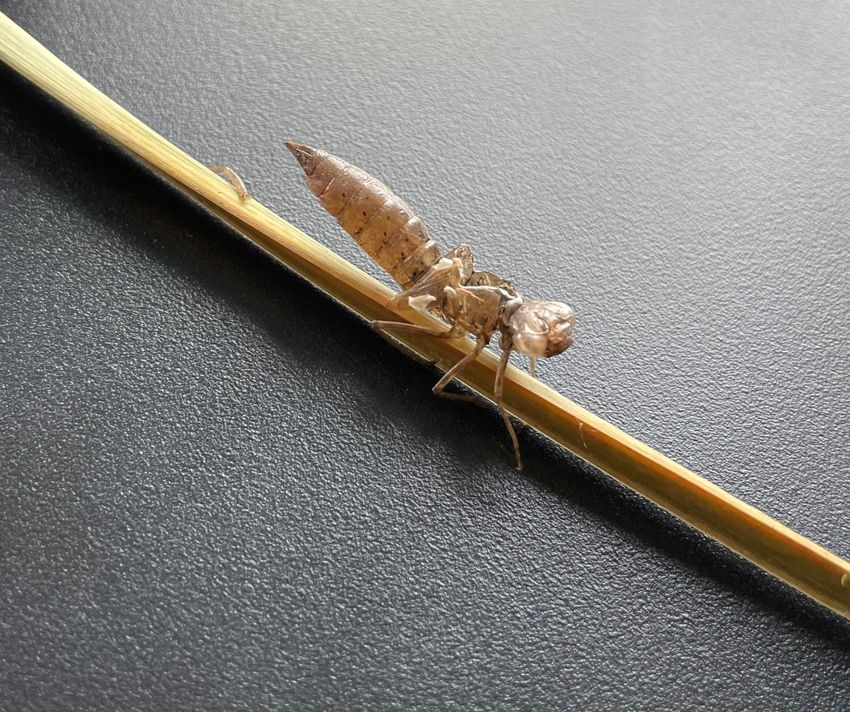
Towards the end of the week, WWT Warden Sam took me birdwatching. He explained how to identify different species of wader such as the Redshank and the Pectoral Sandpiper by watching their specific movements to differentiate between bird-types. During his time at WWT he studied bird abundance numbers over a 5-year-period at the Steart Marshes. His results showed which bird species had shown increases and decreases in abundance demonstrating how the marsh had affected their presence over time.
Overall, there never seemed to be a dull moment during my week at the reserve (I picked a good week to go!) and the team have helped me to develop new skills in species identification, reserve maintenance, and a better understanding of how different animal and plant species interconnect in wetland environments. I think the experience opened new doors for me in the world of conservation.
Thank you! Gemma Bruno @extra_earthy
Photos copyright WWT / Gemma Bruno
